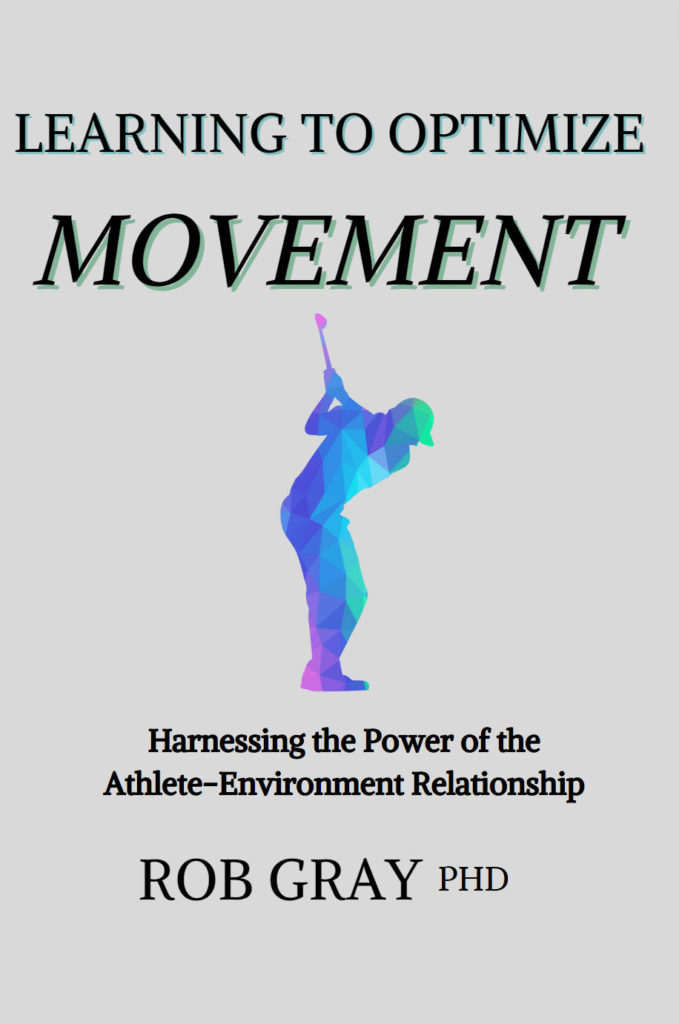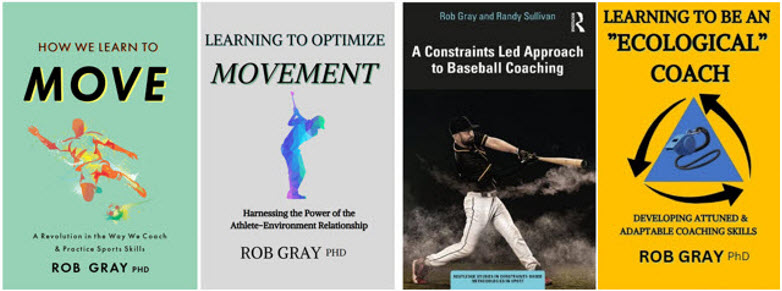
**My new book is available NOW: Order on Amazon
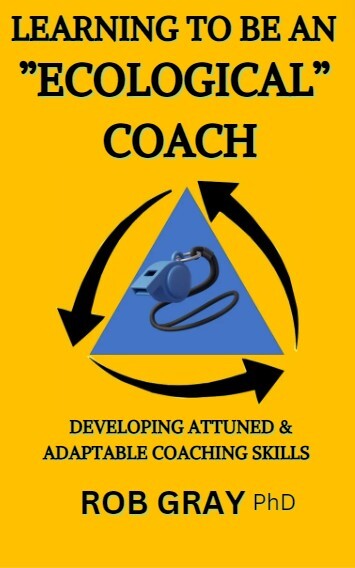
Learning To Be An “Ecological” Coach: Developing Attuned & Adaptable Coaching Skills
How can you become an “ecological coach”? That is, learn to coach in a manner consistent with the new, evidence-based theory of skill acquisition and refinement, discussed in the bestselling books “How We Learn to Move” and “Learning to Optimize Movement”. In this, the third book in the series, the focus turns to skill acquisition and development in coaches. Learn to design effective, challenging, and engaging practice environments. Learn to use the Constraints-Led Approach. Use instruction, cueing, and demonstration more effectively. Vary practice difficulty and variability to challenge your athletes at the optimal level. Learn to observe movement to pick up key invariants and the affordances available to your athletes. Incorporate the latest technology and scientific research into your coaching.
Learning to Optimize Movement: Harnessing the Power of the Athlete-Environment Relationship
How do we go from proficiency to mastery in sports? From average to elite. From having a “lot of moving parts” to being economical and efficient in our movements. From feeling rushed and pressured to slowing time down and acting like you knew what was going to happen all along. From deciding to take the best option available to moving to shape and change the options afforded to us. From building easily disrupted and broken skills to adaptable and even anti-fragile ones, getting stronger through being challenged. Explore the evidence-based principles for learning and coaching optimal movement in the follow-up to the best-selling book on skill acquisition, How We Learn to Move: A Revolution in the Way We Coach & Practice Sports Skills.
CONTENTS
Preface: Beyond How We Learn to Move
Chapter 1: Harnessing the Power of The Athlete-Environment Relationship
Perceiving
Chapter 2: “Seeing Through the Matrix” – Picking Up Information from The Environment
Chapter 3: Optimizing the Control of Gaze
Chapter 4: Focusing Attention in The Right Place
Acting
Chapter 5: Moving to Control The “Current Future”
Chapter 6: Pink Envelopes NOT Push Signs: Affordance-Based Coaching
Chapter 7: Stronger Tent Poles: Harnessing Tension & Biotensegrity
Chapter 8: Moving with Efficiency & Economy
Adapting
Chapter 9: Skilled Intentionality: Keeping our Options Open & Deciding Slow
Chapter 10: Learning to Exploit Metastability & Motor Abundance
Chapter 11: Learning to Coordinate with Teammates: Developing Shared Affordances
Chapter 12 – Remembering & Using “Offline” Information
Strengthening
Chapter 13: Affective Practice Design: Learning to Handle Pressure & Emotion
Chapter 14: How Difficult Should Practice Be? The “70% Rule” & Getting the Level of Challenge Right
Chapter 15: Adapting to Pain & Injury & Becoming Anti-Fragile
Tools And Technology
Chapter 16: Some Tools to Support Practice Design
—————————————————————
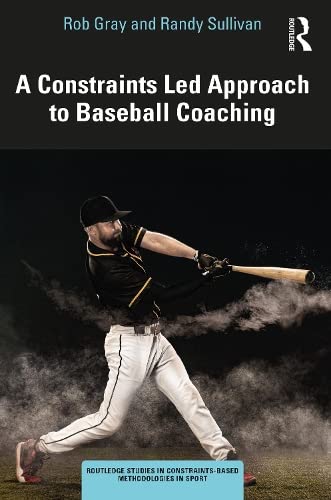
A Constraints Led Approach to Baseball Coaching
A Constraints-Led Approach to Baseball Coaching presents a new approach to baseball coaching and practice. Applying a CLA to the player development process across the skill spectrum from the beginners to elite, this book uses practical examples to demonstrate the theoretical principles of the constraints-led coaching style embedded in research showing the numerous benefits of the approach.
This book incorporates case studies and examples of how constraints are manipulated to develop more adaptable players that can perform at a higher level with a reduced risk of injury, shifting the reader’s view of skill acquisition from the concept of the one “correct” solution, acquired through repetition, to the ecological dynamics framework focused on variability, adaptability, and self-organization. Individual chapters cover major topics such as hitting, pitching, and fielding for players from Little Leagues to the pros. This book illustrates the underlying principles so that coaches can develop their own practice activities.
A Constraints-Led Approach to Baseball Coaching is a key reading for undergraduate students and practicing sports coaches, physical education teachers and sport scientists alike as well as practicing players and coaches in baseball and related sports.
—————————————————————
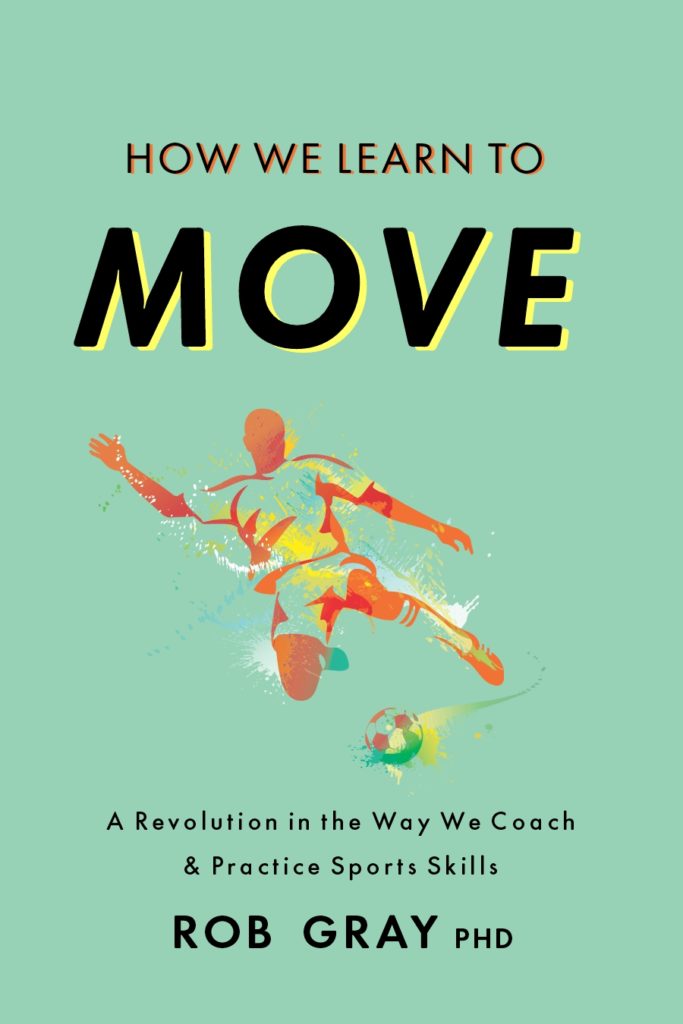
How We Learn to Move: A Revolution in the Way We Coach & Practice Sports Skills
Paperback, e-book and audio book versions now available!
Rob Gray
https://www.amazon.com/author/robgrayasu
What is the new, revolutionary way people are becoming skillful? How is sports practice and coaching becoming more creative and fun – giving athletes the opportunity to explore and support their own individuality and creativity? Why is it time we move away from the idea that we learn through boring repetition of a skill in an un-game-like practice environment, running through tires, hitting off tees and dribbling through cones? A look at the exciting alternative approach to how we learn to move and its implications for practice design, coaching, keeping kids engaged in sports, injury prevention, developing training technology, using analytics and more.
Table of Contents:
Chapter 1 – The Myth of the One “Correct”, Repeatable Technique
Chapter 2 – We Are Built to Produce and Detect Variation
Chapter 3 – The Business of Producing Movements & Why We Don’t Need a Boss
Chapter 4 – Freedom through Constraints?!
Chapter 5 – We Perceive the World in Terms Of What Our Body Affords Us
Chapter 6 – Learning as Search, the Laws of Attraction & the Tim Tebow Problem
Chapter 7 – New Ways of Coaching I: The CLA
Chapter 8 – New Ways of Coaching II: Differential Learning
Chapter 9 – Good Vs Bad Variability, Optimal Movement Solutions & Effective Self-Organization
Chapter 10 – A New Perspective on What It Means to Be Creative
Chapter 11 – Youth Coaching: The Problem with Cones & Making Practice Fun Again
Chapter 12 – What Are We “Acquiring” Anyways? The Nature of Expertise, Automaticity and Direct Learning
Chapter 13 – The Evolving Role of Technology & Data in Supporting Skill Development
Chapter 14 – Injury Prevention & Adaption (Not Rehabilitation!)
Chapter 15 – A Little about My Journey & Some Exploration Guides for Your Own
Exploration Guides (alternative links for purchaser’s of the book)
Video Chapter Previews:
My book promotion tour:
–The Better Movement Podcast
–The Spine & Body Podcast
–Speed and Power Podcast
–Hack it Out Golf
–The Talent Equation
–Basketball Immersion
-Way of Champions Podcast
–The Golf Improvement Podcas

